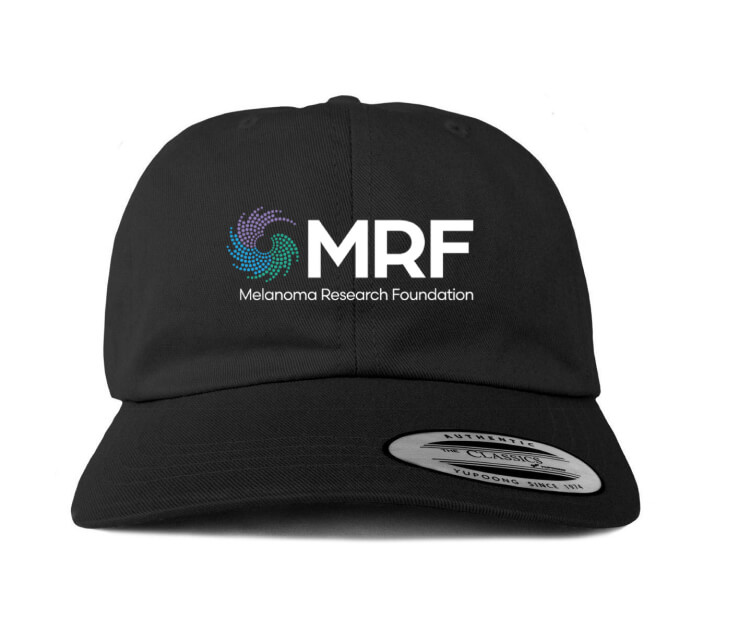Regulating Golgi Structure to Improve Melanoma-Reactive T Cell Therapy

Kathleen N Klinzing
Medical Student Award
Medical University of South Carolina
Looney Legacy Foundation
Shikhar Mehrotra, MS, PhD
The immune system can recognize and kill cancer cells. One cell type that excels at this is the cytotoxic T cell, or CD8+ T cell. CD8+ T cells are a central component of tumor infiltrating lymphocyte (TIL) therapy, which has been effective in increasing survival for about 30% of advanced melanoma patients. However, tumors have defenses against these CD8+ T cells and make the environment around them devoid of nutrients and filled with signals that make it hard for the T cells to survive. T cells have an apparatus called the “Golgi” that modifies proteins, produced by another part of the cell, and packages them to be transported. Previous work done in our lab showed that cells with higher Golgi content (Golgihi) tend to produce more tumor-deadly cytokines: molecules that signal and kill tumors. These Golgihi CD8+ T cells also tend to circulate more in the blood for longer in a state called “memory”. We think that by inhibiting a kinase involved in intracellular cell signaling, we can help them keep a high Golgi content and lead to more memory and more toxic cytokine production. We hope this will help CD8+ T cells to survive and thrive in the tumor microenvironment of tumors to eliminate them and result in a cure for melanoma patients.



